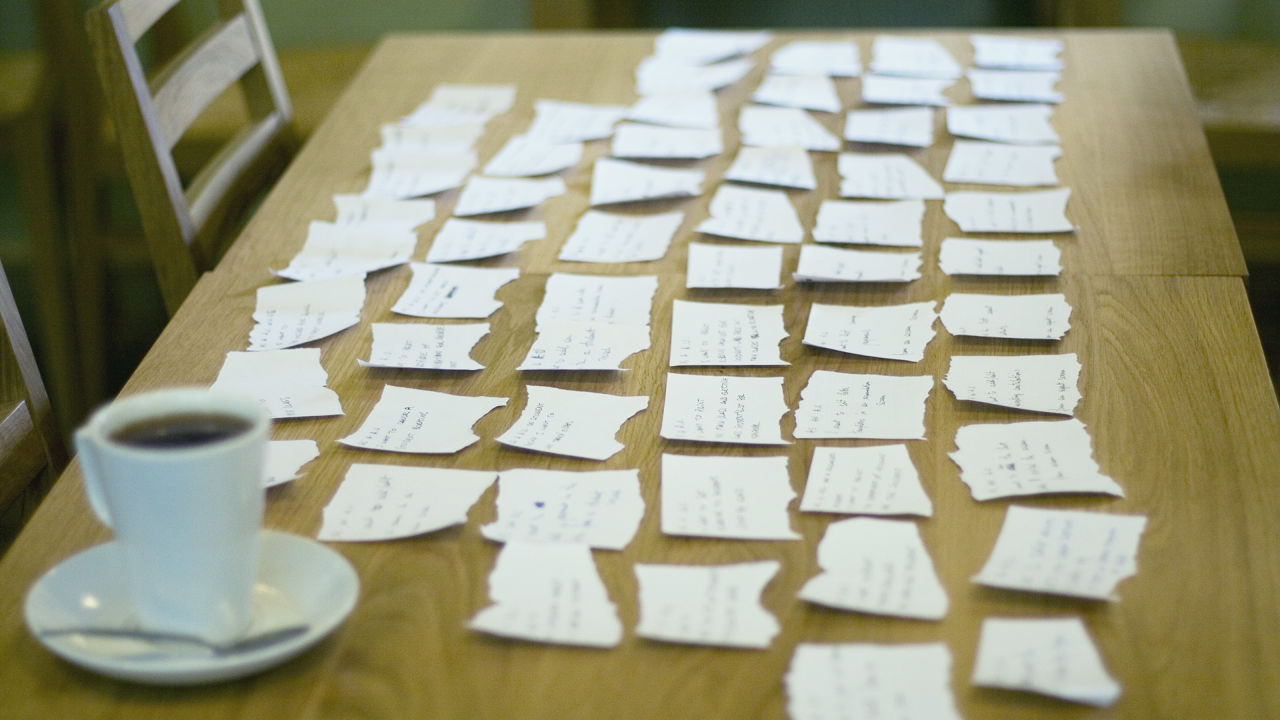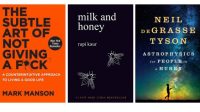Hearken objectives To assist Media achieve Traction With Readers via Crowdsourcing Story ideas
What happens whilst you draw readers in to the story-creation process?
July 21, 2015
Newsrooms are shrinking, and lately’s reporters have a ways less time to take the heart beat of the group. Hearken is a startup based by a former journalist with a tool platform that supplements dwindling newsrooms and supercharges community outreach with one deft stroke: through bringing readers into the story-introduction course of. by means of letting users vote on which story they’d like to look written, newsrooms the use of Hearken like Chicago’s WBEZ, San Francisco’s KQED, and Seattle’s KUOW have seen Hearken-generated stories get persistently larger visibility—and even win awards. Hearken had been quietly beta-checking out prior iterations of its platform with public radio and native news shops whereas the startup high quality-tuned its approach, however it has lately released Hearken for any newsroom that wants to shake issues up and provides readers a voice on the editorial table.
presently, editors scan feedback and monitor social shares and pageviews to determine postmortem whether or not a story was interesting to readers. however check out any story’s comment section and you will see that how reactive and terrible those areas will also be, says Hearken founder Jenn Brandel, a former journalist for public radio station WBEZ who created Curious metropolis, Hearken’s predecessor. as a substitute, earlier than a single phrase is written, Hearken’s platform polls readers to vote on which of a couple of story themes (in most cases culled via editors from reader tips) they’d like to see a reporter make right into a full article. Readers nudge reporters toward topics they care about, and really feel integrated on the editorial table, while newshounds write stories which have a better chance of being heard or read and shared. that is not to claim the journalists most effective write what the readers wish to hear—reporters still pursue reader-chosen issues with journalistic rigor and handle why the reader urged the subject in the first position. however bringing readers into the method early is kind of like beta-testing ideas in order that journalists spend time on stories with a view to operate and resonate better with readers.
“within the tech world, it could be unimaginable to create a product without person trying out,” says Brandel. “Any validation that happens to indicate the general public is interested, despite the fact that it’s only 10 votes, is 10 extra votes that people are fascinated by that thing. bring to mind it like a movie trailer: ‘I see this movie coming and i will see it when it will get out.’”
and they do come out to look the finished stories. Hearken claims that at KQED, for instance, stories made using its course of got eleven occasions the pageviews as the median non-Hearken story. they’re spending longer on the web page with a normal time for Hearken stories of 5.32 minutes, contrasted with the trade time-on-web page moderate of 1.16 minutes.
“At WBEZ, even supposing simply 2% of the tales posted to their web site last year have been completed through Hearken, these stories comprised nearly half of of the highest 50 tales of the year,” says Brandel. “WDET broke their website online’s former pageview document by using more than double with the first story they made using our variation.”
past its polling mechanics, Hearken’s advantages for newsrooms are glaring: extra interplay with readers approach extra web site visits and time spent in your web page, which conceivably results in extra promoting earnings. Newsrooms subscribing to Hearken’s SaaS platform get coached via Hearken group of workers about how best to harness Hearken’s polling energy—now not just how one can discover a winner among the person-voted subject matters but in addition learn how to apply up with customers who submitted the non-winning questions.
ceaselessly the backstory behind a user’s advice leads to any other full-fledged story itself, says Brandel. Plus, as soon as signed up to Hearken’s platform, newsrooms can trade article ideas and import article ideas that worked specifically smartly for newsrooms in other areas.
of course, information sites already poll their readers, continuously the usage of Google kinds or Polldaddy—and people are free. Why must newsrooms pay a normal annual price of $5,000 (or more for greater newsrooms) to use Hearken? as a result of gathering and categorizing survey information by way of hand is a huge ache, particularly at scale, and so is building embeddable polling widgets that work with your site. Brandel is aware of—she used Google types and Polldaddy for Curious metropolis, the award-profitable reporting collection she created for WBEZ.
Curious city was once a proto-Hearken edition for accomplishing out to readers and organizing poll outcomes. Brandel bought into the San Francisco-primarily based matter startup incubator, and there her staff re-constructed an open-source platform that Brandel had built a few years prior to that was 20 versions behind and stuffed with server holes. but within the technique of reviving and refining the open-source platform, Brandel and her crew found that almost all newsrooms wouldn’t have the price range or team of workers to spin up, host, and take care of an open-supply software. as a consequence Brandel’s group’s ultimate product coming out of the topic incubator, Hearken, handles all the back-end and storage for newsrooms as a turnkey subscription provider.
these days’s smaller newsrooms are frequently dedicated to attacking two types of stories: breaking information reactionary pieces and longer projects of the reporter’s invention. Hearken stories are a 3rd type of story, says Brandel, that attempt to decide readers’ brains. They don’t ask, “what should we file on?” she says, but moderately “what are you interested by?” And when you consider that Hearken’s tech doesn’t require customers to log in to ask their questions or vote in polls, they get a much bigger audience: WBEZ analyzed heaps of tip emails coming in via Curious metropolis’s platform and located that fifty six% of them have been new leads—i.e., people now not in their membership funnel or user databases, Brandel instructed present. And having a reader write in with a tip is a great story hook.
“In traditional journalism, you might have a story concept and then you definitely search for a person that says, “this can be a real drawback,’” says Brandel. Hearken tales, however, supply journalists a concerned person right out of the gate. “To have a person or a curious citizen helps to form [the story], and for reporters, it offers a meta-narrative that turns into a roughly journey story: any individual asked a query for a excellent purpose.”
Hearken remains to be working out a cost version for particular person reporters or solo bloggers. Hearken has already signed up a dozen newsrooms to its SaaS platform, including public media giants KQED and WBEZ, in addition to local papers like the brand new Jersey-primarily based New Brunswick today. Most of these newsrooms are regional publications and radio stations, news outlets that have an area focus and anxious userbase that make them ideal for Hearken. however there’s no reason Hearken can’t additionally work for an independent weblog or podcast, Brandel says—or any website that wants to ballot its target audience about the content material it produces. Hearken has just a few new products within the pipeline coming out next yr to lend a hand accumulate story concepts and to assist with the real reporting course of.
(96)













